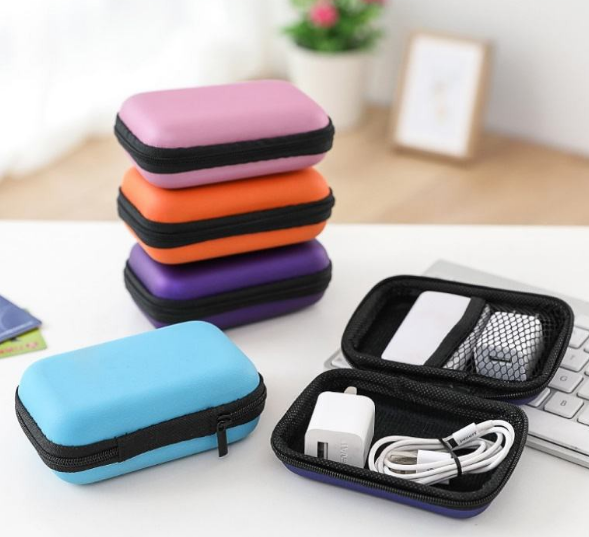Ethylene-Vinyl Acetate, also known as EVA, is a type of plastic that is broadly utilized in many industries because of its excellent flexibility, rubber-like texture, and strength. EVA is a popular material in products such as shoes, bags, and packaging. Despite its widespread usage, understanding its thermal degradation properties is crucial as this can have significant implications for the product's lifespan, safety, and functionality.
The thermal degradation of EVA, or the temperature at which it begins to break down and lose its material properties, largely depends on the specific conditions of exposure. However, most research agrees that EVA begins to degrade at around 90°C (194°F), with severe degradation occurring around 225°C to 250°C (437°F to 482°F).
When EVA reaches these temperatures, it starts to decompose, primarily due to the breaking of its polymer chains. This can result in discoloration, loss of structural integrity, and an increase in material brittleness. The exact onset of this degradation can be influenced by various factors, such as the specific EVA formulation, duration of heat exposure, and the presence of any additives.

Prolonged exposure to high temperatures can also impact the material's mechanical properties, such as tensile strength and elasticity. This gradual process can reduce the material's durability and functionality over time. Therefore, it is essential to take into consideration these degradation temperatures when using EVA in applications where it may be exposed to heat.
Furthermore, the degradation of EVA can produce harmful byproducts.bonito-packaging. At higher temperatures, it can release gases like carbon monoxide, carbon dioxide, and traces of acetic acid. The release of these gases under certain conditions can be harmful to both the environment and human health.
In conclusion, while EVA is a versatile and durable material, it is not impervious to the effects of heat. Understanding the temperatures at which EVA degrades is crucial for its safe and effective use. This is particularly important in industries such as electronics, footwear, and packaging, where the material may be exposed to varying temperature conditions. Therefore, appropriate material selection, product design, and usage guidelines can ensure the longevity and safety of EVA-based products.